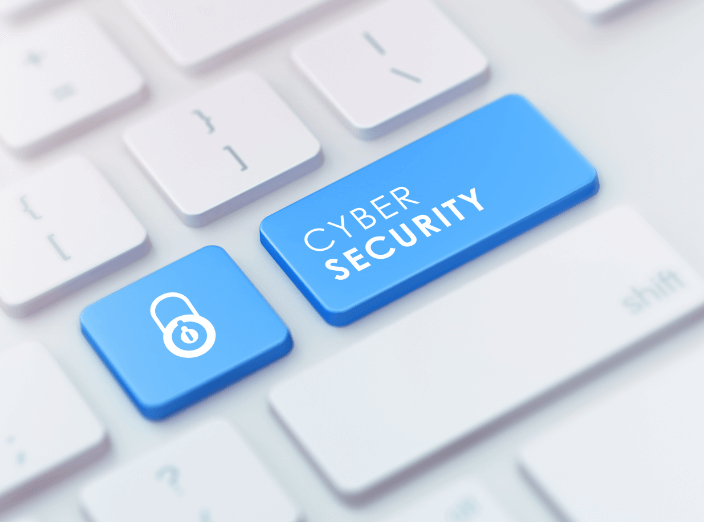Data security has become critical. If a company suffers a data breach, the costs can be high and can include not just the immediate costs of remediating the attack, but also may result in lost business because customers lose confidence.
To keep on top of cybersecurity and ensure data and network endpoints stay protected, companies often designate an executive-level position called a Chief Information Security Officer (CISO).
The CISO is responsible for creating and deploying the organization’s information security program. This would include all policies and procedures related to the security of the entire technology infrastructure.
This position covers a wide range of areas, everything from working with the company’s managed IT provider to overseeing incident response drills to ensure business continuity.
This is an important role, especially in today’s climate of rising ransomware, cloud account attacks, and phishing attacks. Having one person dedicated to overseeing the company’s cybersecurity significantly reduces risk.
61% of surveyed companies and 80% of surveyed large enterprises have a CISO.
Some of the key roles of a Chief Information Security Officer are:
- Hire security staff and/or providers
- Be an internal and external security expert
- Create a culture of security at their organization
- Stay informed on the latest threats & IT security advances
- Identify C-level team members
- Create monthly data security reports
- Follow the “Three C’s”
What Are the Three C’s a CISO Should Follow?
There are three C’s that are common in the cybersecurity world that Chief Information Security Officers should follow to be successful
Control
A CISO needs to maintain or regain control of all company network endpoints. The endpoint is any device connected to the internet and the company’s network, such as computers, servers, mobile devices, and IoT devices.
Approximately 67% of employees use personal mobile devices for work, but many organizations don’t have any control over the security of those devices. Part of a CISO’s job is putting a mobile device management system in place to ensure that any devices used for business apps and data are secured with updates and other data security policies.
Control of endpoint devices largely includes monitoring, automated updates, security software installation, and remote management.
Communication
It is important for a CISO to communicate the security needs of the organization to “front line” employees as well as those in the executive suite.
Creating a culture of cybersecurity means communicating the message of why it’s important to do things like create strong passwords and only use approved cloud applications for work.
Without good communication on the needs of the IT security infrastructure to executives, security budgets might be reduced, and companies may fall into a “wait and see” attitude, which can be devastating should an attack occur.
The CISO continuously communicates the security and risk mitigation needs of the company to promote a strong information security posture for the organization.
Connection
Connection is about ensuring that all systems in the technology ecosystem are connected and working together. This also includes outside resources, such as an IT partner, cloud platform vendor, etc.
When systems aren’t connected so threats can be monitored across the entire network, security can suffer because there are blind spots where a threat could infiltrate the network unseen.
For example, with the rise of remote teams, multiple smaller home networks now make up part of the company’s information security network as a whole. A CISO needs to connect all those networks to the same cybersecurity strategy and policies that are already in place so that all are communicating and following the same guidelines and data security policies.
Other Key Responsibility Areas of a CISO
Data Loss and Fraud Prevention
Data loss can happen in multiple ways. A CISO needs to identify all the potential areas of fraud or data loss and ensure that systems are put in place to mitigate this risk.
Security Architecture Implementation
CISO’s work with their managed IT partner to help implement the right security foundation for their organization. This includes things like firewalls, server protection, cloud security, and more.
Identity & Access Management
This involves ensuring that only authorized users can access company data and systems. It may include the implementation of multi-factor authentication and single sign-on (SSO) procedures.
Governance
CISO’s need to put policies in place to govern the actions of the company employees to reduce risk and ensure compliance with pertinent data security regulations.
Investigations & Forensics
In the case of a data breach or malware infection, the CISO is responsible for ensuring that the cause of the breach is identified so it can be addressed and remedied.
Work With PartnerIT to Strengthen Your Cybersecurity Posture
PartnerIT can help your Ontario business and CISO implement a strong cybersecurity posture and ensure your IT security systems evolve as threats become more sophisticated.
Contact us today to learn more at 519-672-0900 or through our website.


